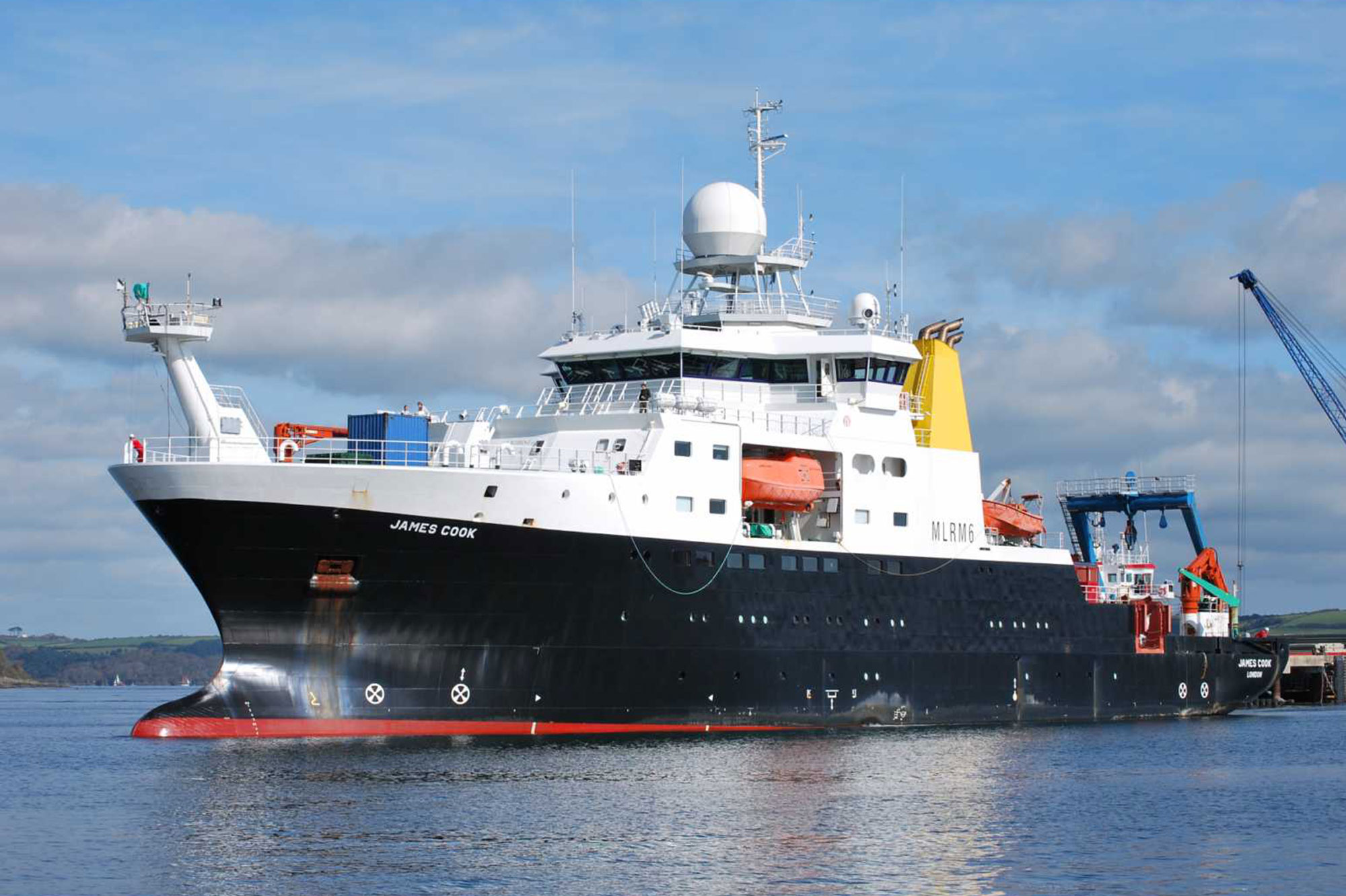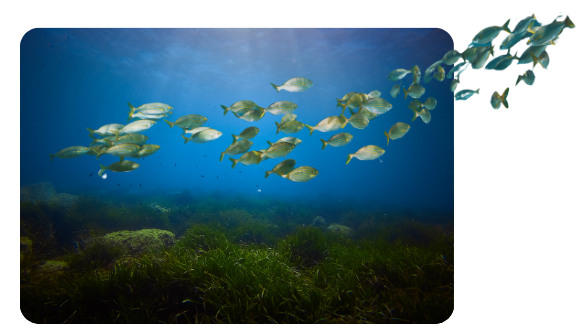Publication
AMT 31 Cruise Report
Dr Gavin Tilstone

The 31st AMT cruise departed Southampton on the 27th November 2024 and arrived in Montevideo, Uruguay on 30th December 2024. Onboard were teams from Plymouth Marine Laboratory, UK; the University of East Anglia, UK; University of Galway, Ireland; University of Rio Grande, FURG, Brazil; Alfred Wegner Institute, Germany and the University of Connecticut, USA. Operations onboard included the measurement of core AMT variables in the maintenance of a 31 year time series; 30 days of continuous underway Optical and atmospheric observations in support of the European Space Agency Sentinel satellite and the new NASA PACE satellite; Deployment of 12 autonomous argo floats for WHOI and the UK Met Office; and between 90 and 135 samples taken for the quantification of genetic biodiversity, phytoplankton community structure and ocean acidification parameters.
AMT’s oceanography training programme continued with opportunities provided by POGO in the sponsorship of a research fellow from Brazil. The whole of the scientific complement would like to extend their gratitude to Captain John and his officers and crew who supported our activities throughout with dedication and extreme professionalism. Our thanks are also extended to Mark Maltby from NMF. who ensured the delivery of all scientific activities. My particular thanks to Andy Rees and Meryl Hopper who assisted in the pre-cruise logistics. AMT is a multidisciplinary program which undertakes biological, chemical and physical oceanographic research during an annual voyage throughout the Atlantic Ocean.
AMT objectives have evolved to enable the maintenance of a continuous set of observations, whilst addressing global issues that are raised throughout the most recent IPCC assessment and UK environmental strategy.
AMT objectives are to:
(1) quantify the nature and causes of ecological and biogeochemical variability in planktonic ecosystems;
(2) quantify the effects of this variability on nutrient cycling, on biogenic export and on air-sea exchange of climate active gases;
(3) construct a multi-decadal, multidisciplinary ocean time-series which is integrated within a wider “Pole-to-pole” observatory concept;
(4) provide essential sea-truth validation for current and next generation satellite missions;
(5) provide essential data for global ecosystem model development and validation and;
(6) provide a valuable, highly sought after training arena for the next generation of UK and International oceanographers.
Download this publication
Please enter your details below to access the publication.
The information you provide will be used to gain a greater understanding of our audience.
Your details will be kept securely and in accordance with our Privacy Policy.
Cite this publication
Tilstone, GH. 2025. AMT31 Cruise Report. PML Publishing
Other publications from PML publishing
COMPASS User Guide (Collaboration Objective Mapping for Proactive Action and Strategic Solutions
2025 Plymouth Marine Laboratory
COMPASS Poster (Collaboration Objective Mapping for Proactive Action and Strategic Solutions
2025 Plymouth Marine Laboratory
Sea the Value Marine Natural Capital Training Materials
2025 Collar, M., Contento, C., Dickie, I., Watson, S.C.L., Broszeit, S., Preston, J., Van der Schatte, A., Watson, G., Anbleyth-Evans, J., Burdon, D., Potts, T., Chan, C., Chung, P., Tinch, R., Erskine, A., Watts, A., Beaumont N
Research Impact Spotlight Event – Plymouth Sound a the Tamar Catchment – Event report and next steps
2024 Plymouth Marine Laboratory, Tamar Estuaries Consultative Forum and Plymouth Sound National Marine Park (eds)
All AMT Publications (AMT 1 – AMT 30)
1997 - 2023 Multiple Authors
2000 Woodward EMS
2003 Jickells, TD
2000 Gallienne CP
1996 Robins DB, Bale AJ, Moore GF, Rees NW, Hooker SB, Gallienne CP, Westbrook AG, Maranon E, Spooner WH, Laney SR
